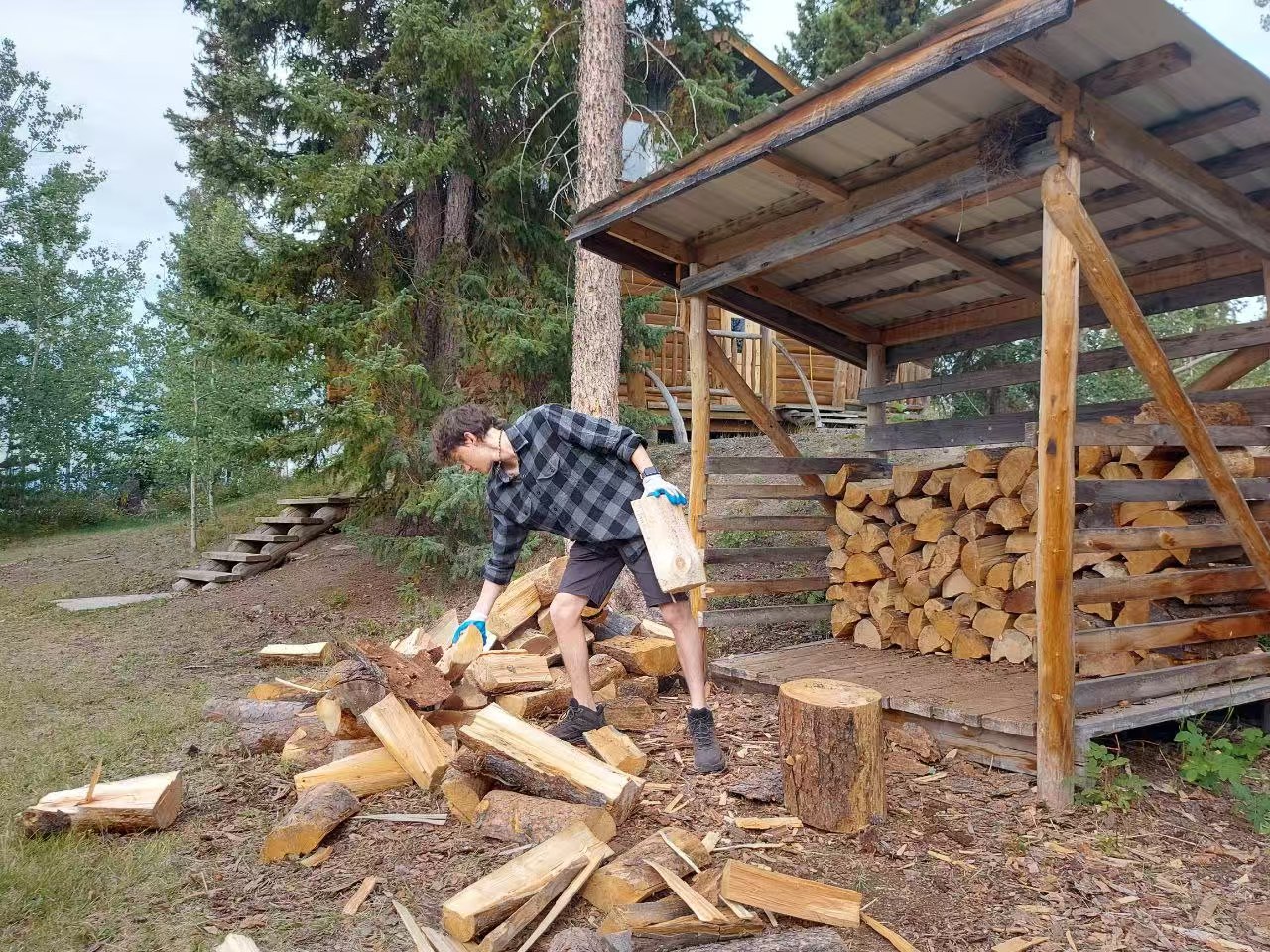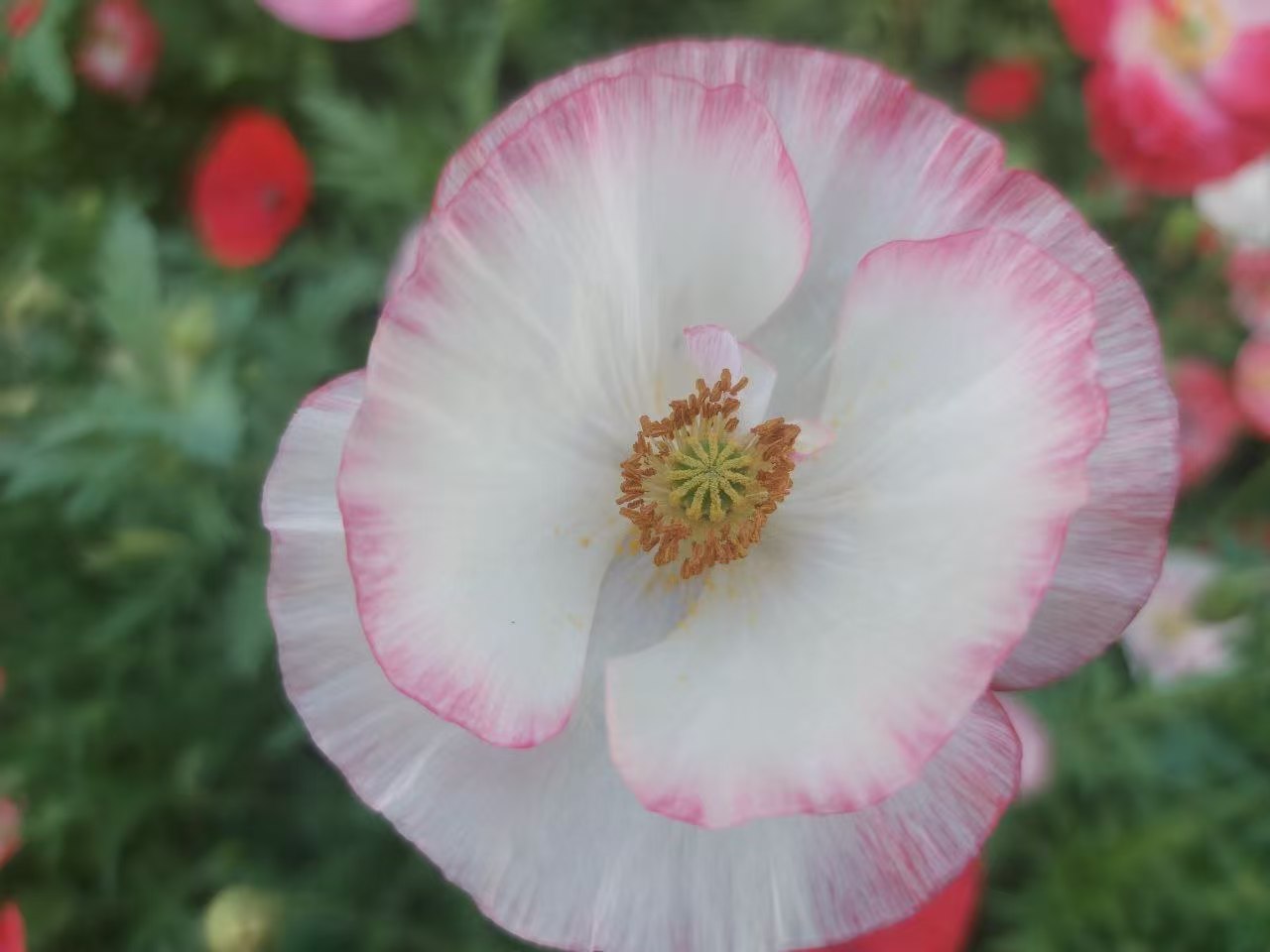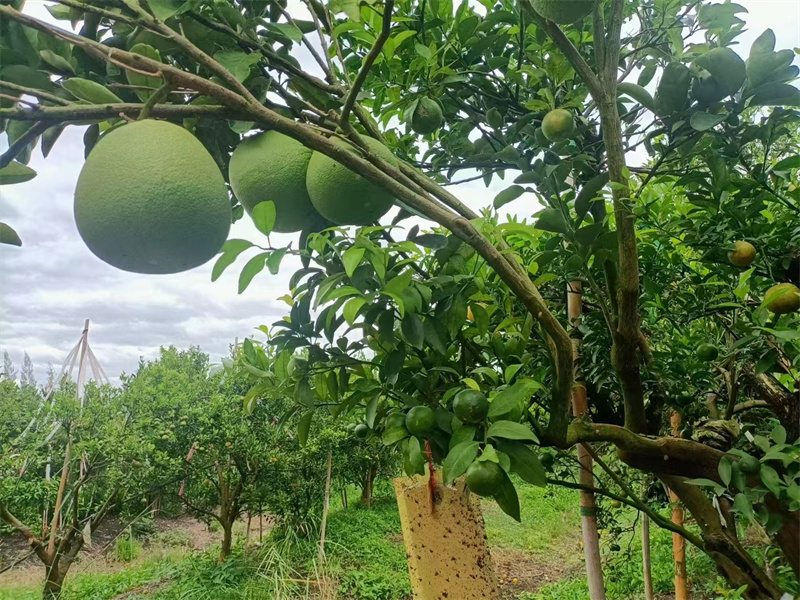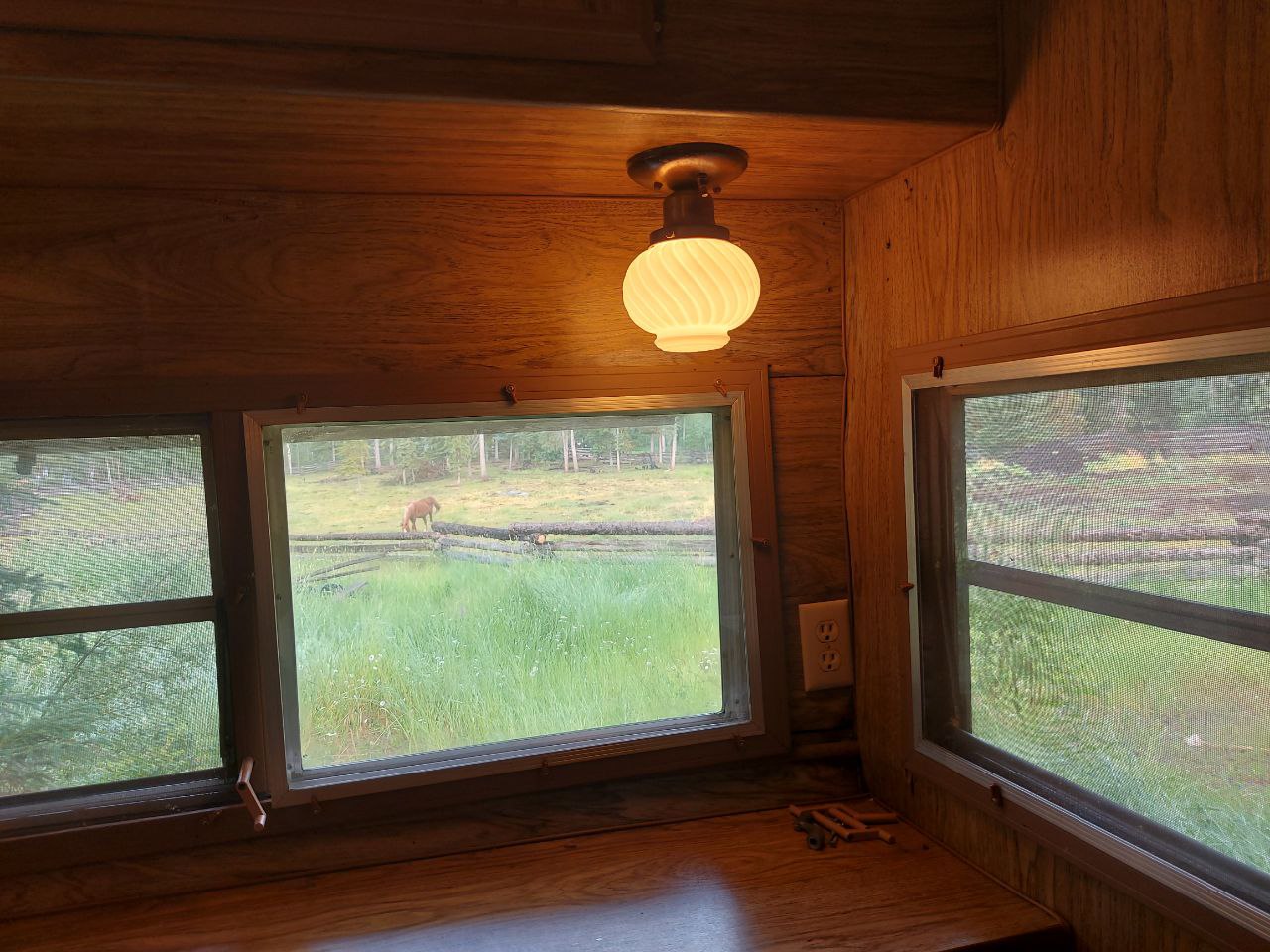|
|

|
How to Start Healthy Plants From Seed

Starting Seeds is Easy!
It's easy to germinate seeds and grow them into healthy, productive plants. All you have to do is follow a few simple steps to make sure your seeds get the conditions they need for good germination and vigorous growth.
Choose Your Seeds Carefully
The first important step in producing healthy garden plants is choosing your seeds carefully. It is important to select seeds which are able to withstand the growing conditions they are likely to face. If you choose seeds which can't tolerate your area's growing conditions, all your subsequent efforts will be wasted.
Look for seeds adapted to local conditions and which are resistant to local pests and diseases. Try some of the older traditional heirlooms, since these seeds have proven themselves hardy and productive over many years under often-harsh conditions. If you chose seeds which will do well under your conditions, the seeds themselves will do most of the rest!
Start With Good Soil
In the greenhouse, a good soil mix is important to successful seed starting and transplant growing. Seed starting soil mixes should be very light and well-drained. Even the fluffiest garden soil is normally far too heavy for successful indoor seed starting. A good seed starting mix will have about 1/4 screened, finished compost; 3/4 peat moss or well-decomposed leaf mold; and 1/10 (or less) sand or soil (for a total of 110%!).
Too much soil causes soil mixes to compact under the frequent watering schedules needed by plants growing in containers. A good soil mix forms a ball when moist, but crumbles readily if squeezed or dropped. When watered, it drains rapidly without compacting or remaining waterlogged.
Even if you're planting directly in the garden, if your soil is heavy clay you may have trouble starting seeds in early spring when the soil is cold and wet. Adding a liberal amount of organic matter and some gypsum in late fall to loosen heavy clay soil greatly helps seeds to germinate when planting time comes. Loose soil also allows transplants' roots to quickly reach out into the surrounding soil and establish themselves.
Timing is Everything
Whether you plant your seeds in the greenhouse or start them directly in the garden, timing is important. Frost-sensitive plants should be planted late enough in the spring so that danger of frost has passed by the time they reach the out-of-doors. For long-season plants like tomatoes or peppers that don't like the extreme temperatures of mid-summer, it is usually best to start your seedlings in a greenhouse 6 to 8 weeks before last frost (ask your local garden center or County Extension Agent when last frost falls in your area).
In this way you can get a jump on the season, giving your plants time to get large and start producing well before really hot weather stops them. Cool weather plants should be planted as early as possible, so that they can produce before summer's heat arrives. Fall planting is another good idea for avoiding summer's heat, and many consider fall the best season for gardening. Your local County Extension Agent can supply you with a chart showing best planting times for your area for all the common vegetables.
Timing is important not only in relation to frosts, but also in relation to soil temperatures. Your garden's soil must be warmed sufficiently when you plant, or your seeds might rot in the ground before they are able to germinate. If your soil has been mulched over winter, remove the mulch from areas to be seeded for a couple weeks before planting to expose the soil and give it time to warm in the sun.
Planting Your Seeds
You'll want to plant your seeds deeply enough so that their roots become firmly anchored in the soil, but not so deeply that the tiny new seedlings can't emerge through the soil above them. For most seeds, the proper planting depth is about 2 to 4 times the diameter of the seed, depending on the heaviness of your soil and how well it retains moisture. Use a shallower planting depth for heavy soils, but plant more deeply if conditions are hot and dry, or if you're planting in light, sandy soil.
Tiny seeds such as mustard, poppies, etc. should not be buried, but just sprinkled over raked soil and lightly watered in. Some seeds, such as amaranth and other tiny seeds, need a little light to germinate—try lightly disturbing the soil to expose a few seeds if they don't germinate within a week or two of when you plant them.
Helping the Seeds Germinate
Moisten the soil thoroughly when you first plant your seeds, but be careful not to wash tiny seeds away with too much water. In hot, dry weather, it's a good idea to soak the ground thoroughly a day or two before you plan on planting your seeds. After planting day, water just enough to keep the soil moist. Too much water can cause seeds to rot before they have had a chance to sprout (especially in soil that is too cold)—but don't let the soil dry out and form a crust.
A very thin mulch over larger seeds is a good idea if the weather is hot and dry, and presoaking the seeds for a few hours will also help them germinate in dry weather. Another trick in dry weather is to place a board or piece of plastic over the area where the seeds are planted to keep them moist. Watch carefully, and remove the cover as soon as the first seeds have started to germinate.
Give Seedlings Lots of Light!
From the moment your seedlings have sprouted, it is very important that they receive plenty of sunlight. This means that they should receive full sun for at least 6 hours every day. Fewer than 6 hours of sunlight will cause your plants to become pale and 'leggy' (too tall and skinny) as they try and reach to find light. Legginess is a common condition from which seedlings often do not recover. Legginess is not, as is often believed, caused by too much fertilizer or 'plant food,' but instead is caused by too little light.
Remember, the fertilizers and soil amendments we call plant food are really more like vitamins and minerals to plants than actual 'food.' Plants' real foods are sunlight, water and air, which work together to form most of the cellulose, sugars, starches and even fats and proteins that make up their tissues. Mineral nutrients from fertilizers end up constituting less than 5% of the weight of a plant and—while important—will not make up for too little light.
Even brightly-lit windows seldom offer enough light for seedlings. If you don't have a greenhouse, fluorescent grow lights kept 2 inches above the tops of the plants will usually offer sufficient light—don't use incandescent light bulbs, though, as these will literally bake your tiny plants. Instead of being leggy and pale, the stems of seedlings' which receive plenty of light are short and stout, with good color.
Give Roots Plenty Room
Once your seedlings have sprouted move them (gently) to larger pots as they grow, to give their roots plenty of room to grow and spread. This is a very good idea even for transplants purchased at your local nursery. As soon as you bring home new plants, repot them into larger containers or (if weather and season permit) directly into the ground. Rootbound plants lose vigor quickly and do not recover well when put into the garden, especially when soils are cool and wet.
Feeding your small plants with compost tea, fish emulsion or similar organic supplements after they have formed their first couple true leaves or as soon as you get them home from the garden center will also help them to grow quickly into strong seedlings. Well-fed plants with plenty of root space recover quickly from transplant shock and overcome the cool, wet conditions they encounter in early spring.
Avoid 'Damping-Off' Disease
If you encounter problems with 'damping off' of young seedlings (a condition which causes their stems to rot at ground level, killing the plants), your problem is a combination of too much moisture and too-sterile a soil mix—don't sterilize potting soil. Damping off is caused by an 'opportunistic' soil fungus that moves quickly into and colonizes sterilized soil. Unless you're over-watering fairly drastically, however, damping-off fungi cannot compete with the fungal and bacterial populations already living in normal, healthy soils or compost.
Make sure your soil mix is light, fluffy, organic—and alive! If you're using commercial potting soil, be sure to mix in about 1/4 fresh, screened compost before planting seeds. If you're making your own potting soil, use more fluffy materials like peat moss or leaf mold in your mix, and make sure that it contains living compost.
Again, don't sterilize soil mixes prior to using them. If you do have problems with damping-off, watering with compost tea helps discourage damping-off fungi, and if you're lucky enough to have some horsetail growing nearby a spray of tea made from this ancient plant also helps control damping off. Then, next time you plant, make sure you use a soil mix that contains living compost and avoid the damping-off problem altogether.
Dig In!
If you follow these simple tips, your seed-starting success will be virtually guaranteed. Now all you have to do is order your seeds, wait for them to arrive... and 'dig in'!
|
|
 Haha, I’ve got a helper now!
Xuefeng
September 8, 2024
(Translation edited by Q
Haha, I’ve got a helper now!
Xuefeng
September 8, 2024
(Translation edited by Q
 Haha, I felt young again!XuefengYesterday morning, after breakfast, I started ch
Haha, I felt young again!XuefengYesterday morning, after breakfast, I started ch
 Papaver rhoeas: The Designated Flower of Lifechanyuan
by Xuefeng
August 20, 2024
Papaver rhoeas: The Designated Flower of Lifechanyuan
by Xuefeng
August 20, 2024
 Joyful Games and Warm Welcome for Gabi at Lifechanyuan's Thai Home
Qianzi Celest
Joyful Games and Warm Welcome for Gabi at Lifechanyuan's Thai Home
Qianzi Celest
 Chilean Girl Gabi Experiences the Life of Lifechanyuan Thailand Second Home Comm
Chilean Girl Gabi Experiences the Life of Lifechanyuan Thailand Second Home Comm
 Another Clean and Tidy Joy House
In the tourist resort Holy Land Home, the guide
Another Clean and Tidy Joy House
In the tourist resort Holy Land Home, the guide
 Post time 2017-10-12 15:41:04
|
3758views0replies
Show the author posts only
|View large image
Post time 2017-10-12 15:41:04
|
3758views0replies
Show the author posts only
|View large image
 |Descending
|Read mode
|Descending
|Read mode





 Favorites
Favorites Relay
Relay Shares
Shares Collection
Collection